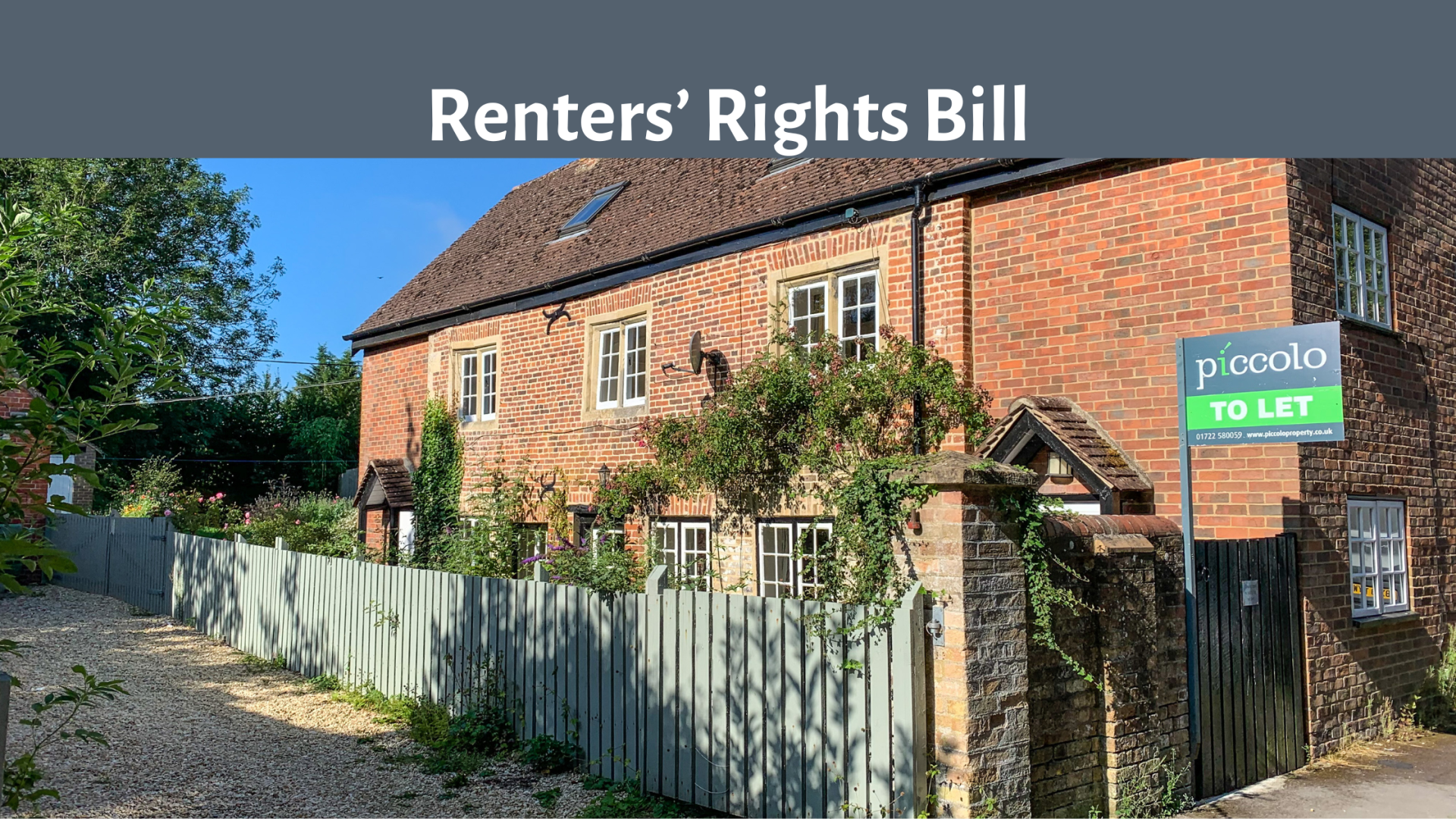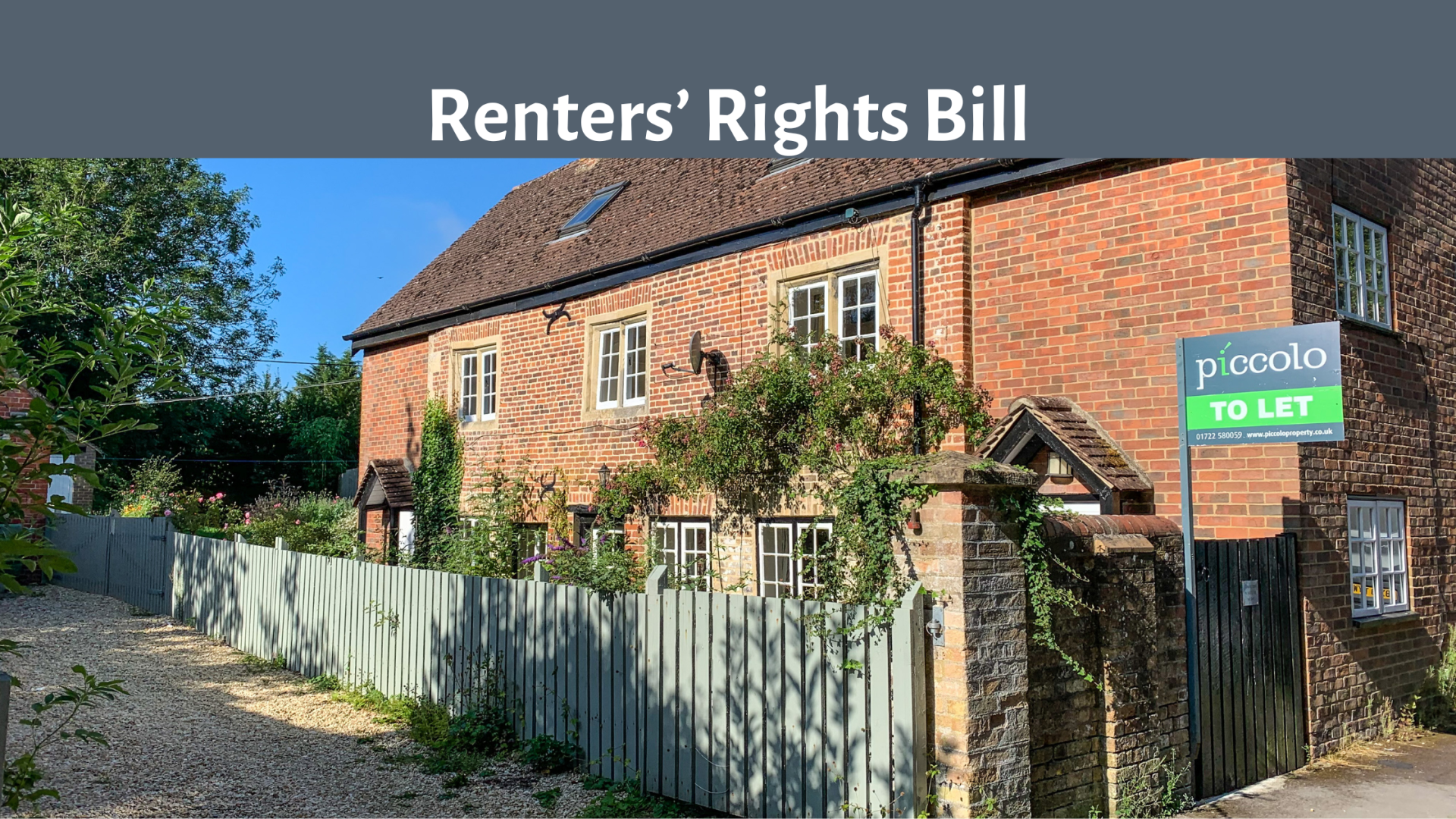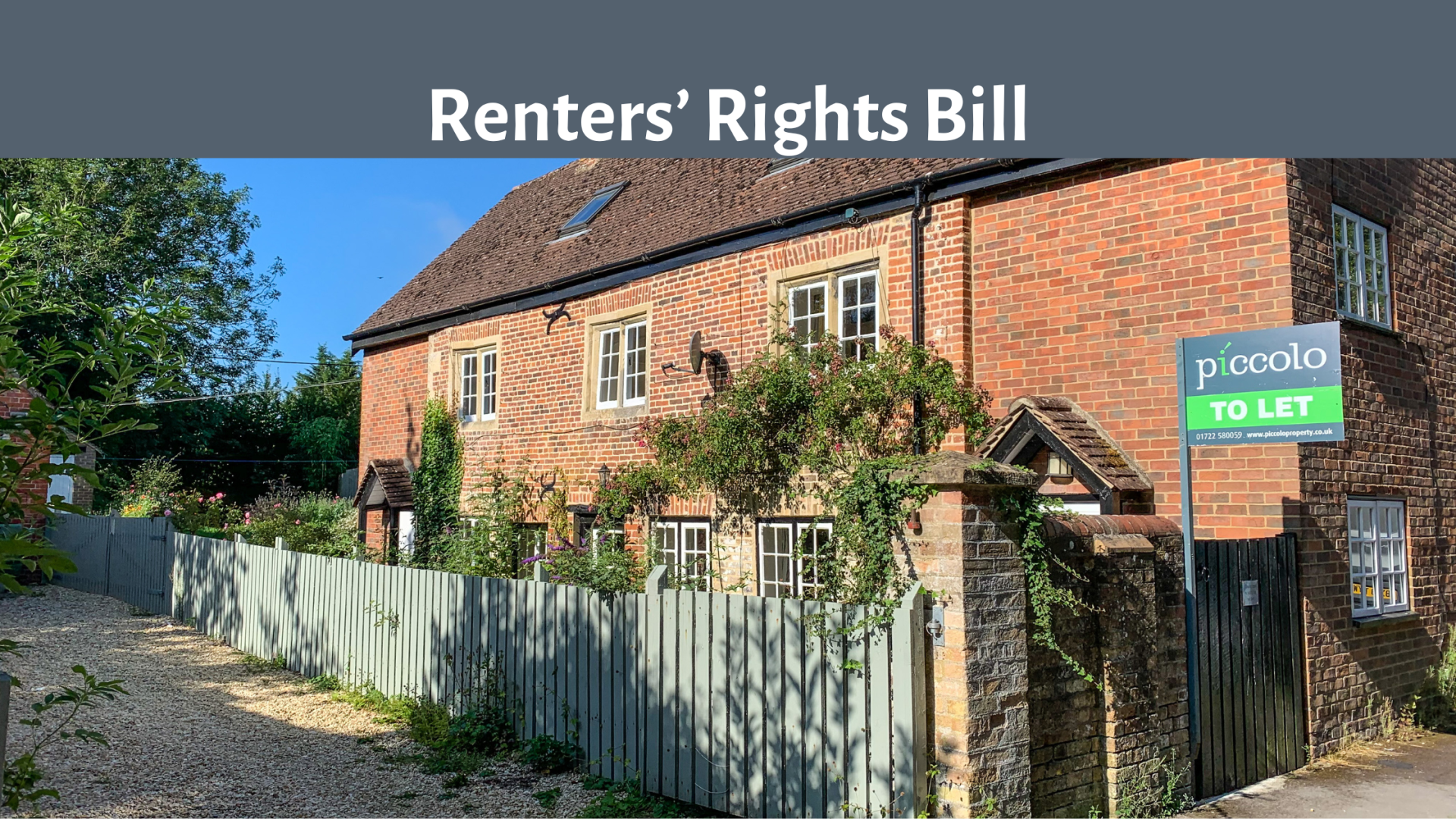Awaab's Law is a pivotal legislative measure introduced in the United Kingdom to address the pressing issues of damp and mould in social housing. Named in memory of Awaab Ishak, a two-year-old boy who tragically died in December 2020 due to prolonged exposure to mould in his family's flat, the law mandates stricter guidelines for landlords in addressing these hazards.
The Renters' Rights Act comes into force on 1st May 2026 and will now extend Awaab’s Law to privately rented homes. This will ensure that all tenants in England are able to challenge poor conditions and that all landlords must take swift action to make sure homes are safe.
Background: The Tragic Case of Awaab Ishak
In December 2020, Awaab Ishak, a two-year-old child, died as a direct result of exposure to mould in the social home his family rented from Rochdale Boroughwide Housing. Despite his parents raising concerns about their living conditions multiple times, the landlord failed to act and, instead, blamed the family for causing the hazardous mould.
Key Provisions of Awaab's Law
Awaab's Law introduces stringent requirements for social housing landlords to ensure the safety and well-being of tenants:
- Prompt Investigation: Landlords are required to investigate reported health hazards, such as damp and mould, within 14 calendar days of becoming aware of the issue. This prompt response ensures that potential risks are assessed swiftly.
- Timely Repairs: If a hazard is identified, landlords must begin remedial work within a further 7 calendar days. For emergency repairs, action must be taken within 24 hours. This ensures that issues posing significant health risks are addressed without undue delay.
- Written Communication: Within 14 calendar days of being made aware of a potential hazard, landlords must provide residents with a written summary of the investigation findings. This summary should detail any identified hazards and outline the next steps, including an anticipated timeline for repairs and a schedule of works.
Implications for Landlords
Landlords must adopt a proactive approach to property maintenance to comply with Awaab's Law:
- Regular Inspections: Conduct routine checks to identify and address potential issues before they escalate.
- Efficient Record-Keeping: Maintain clear records of all reports, investigations, and repairs to demonstrate compliance and improve transparency.
- Resident Engagement: Foster open communication channels with tenants, ensuring their concerns are heard and addressed promptly.
Non-compliance can lead to legal consequences, including court orders to pay compensation to tenants. Moreover, failure to adhere to these standards can significantly damage a landlord's reputation and standing within the community.
Empowering Tenants
Awaab's Law empowers tenants by:
- Legal Recourse: Providing clear legal avenues to hold landlords accountable if they fail to address reported hazards within the stipulated timeframes.
- Enhanced Rights: Embedding these requirements into tenancy agreements ensures tenants can expect prompt action on health hazards, leading to improved living conditions.
Conclusion
Awaab's Law represents a significant advancement in housing safety, aiming to prevent tragedies like that of Awaab Ishak by ensuring that homes across the country are safe, decent, and warm. By enforcing strict timelines for addressing health hazards and promoting transparency, the law seeks to foster a more responsible and responsive social housing sector.
Managing rentals is tough enough, add new legislation and it's even tricker. If you're in Wilton, Salisbury, Warminster, or Amesbury, we're here to guide you through the Renters' Rights Act with honest, no-nonsense advice. Have a read through our blogs for answers and updates, or contact us directly to chat: 01722 580059 or info@piccoloproperty.co.uk.






Share this with
Email
Facebook
Messenger
Twitter
Pinterest
LinkedIn
Copy this link